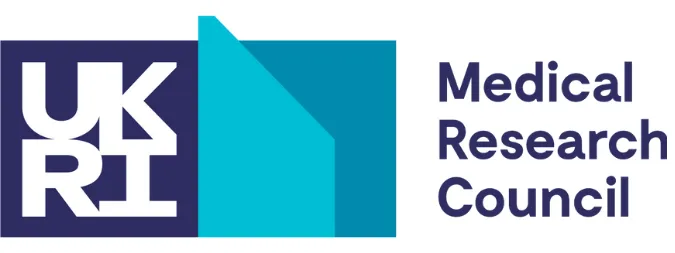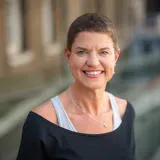The Integrated Biological Imaging Network aims to bring together expertise from across the UK to advance the field of biological imaging.
Our Scientific Goals
The IBIN has three scientific goals that are key issues in cell biology. They are to: define the spatiotemporal dynamics of cell adhesion signalling; determine cell-specific cues that influence immune cell-tissue interactions; determine how tissue mechanics influence cell growth and signalling. Details of these goals can be seen on the themes tab below.
These broad goals have been further refined to a set of challenges that the IBIN wishes to achieve through research project funding. These challenges can be found on the 'Activities' tab below and the five research areas that we are currently focusing on can be found on our funding resources page, on the 'Awards' tab below.
Sign Up
To access funding for small projects and sabbaticals, and to be informed of the latest developments from the network then sign up here.
Registration is free and you will receive invitations to future events, workshops and calls for funding applications.
Our Partners
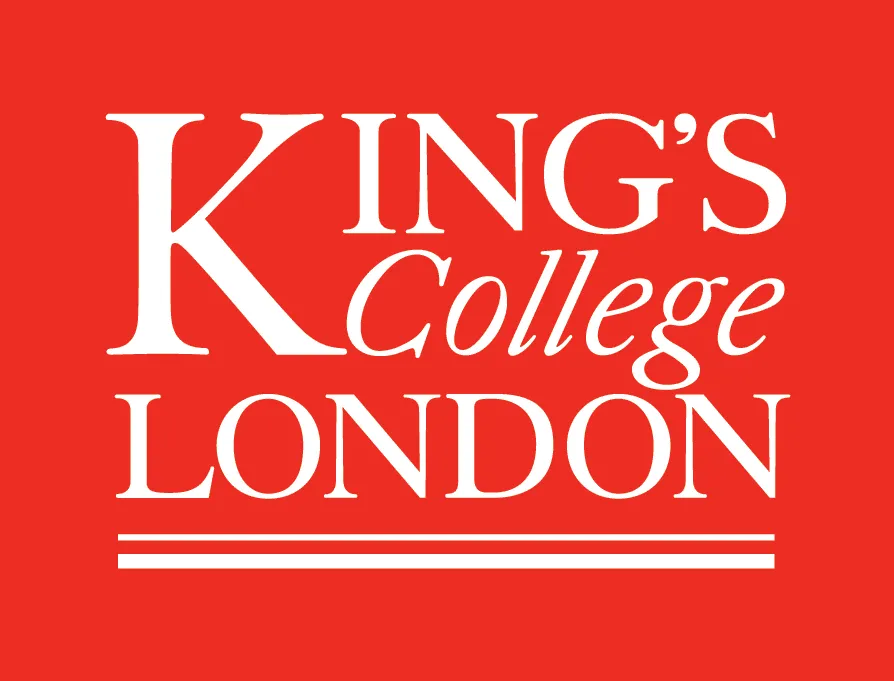
King's College London

Biotechnology and Biological Sciences Research Council
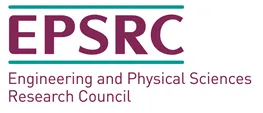
The Engineering and Physical Sciences Research Council (EPSRC)
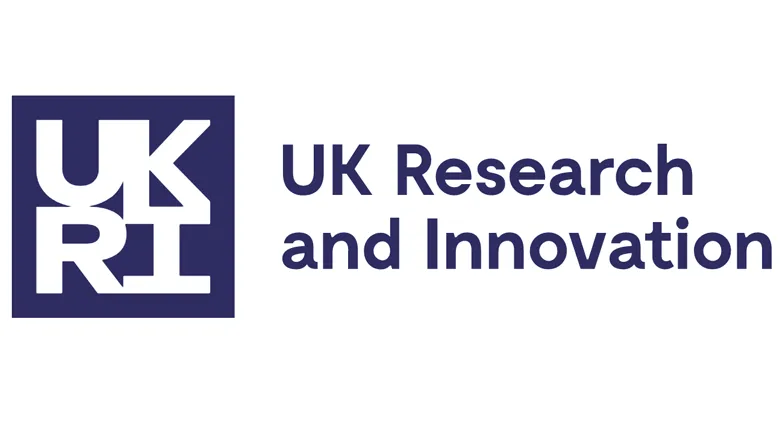
UK Research and Innovation (UKRI)
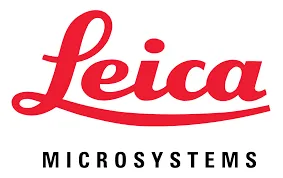
Leica Microsystems
Group lead
Contact us
New Hunts House,
Guy's Campus,
King's College London,
London SE1 1UL

